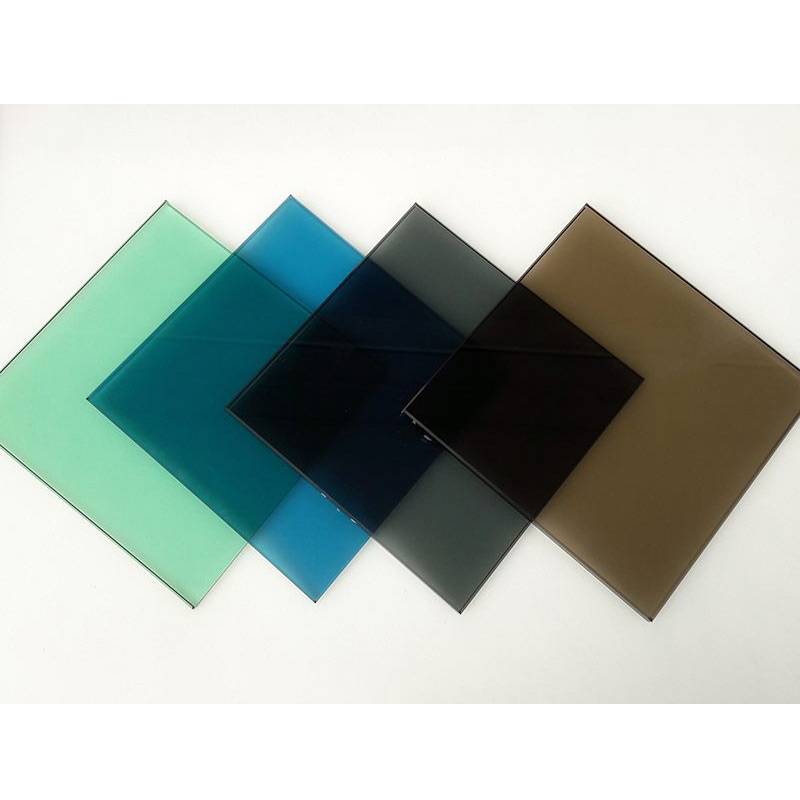

Understanding Tempered Safety Glass Features and Benefits
Tempered safety glass, often referred to simply as tempered glass, is a type of glass that has been thermally or chemically treated to increase its strength compared to standard glass. The process involves heating the glass to high temperatures and then cooling it rapidly, which creates internal stresses. This unique manufacturing process results in glass that is about five to six times stronger than regular glass of the same thickness. In addition to its strength, tempered glass possesses a variety of features that make it an excellent choice for numerous applications.
Enhanced Safety
One of the primary reasons tempered glass is widely used is its superior safety features. When broken, tempered glass shatters into small, blunt pieces rather than sharp, jagged shards. This significantly reduces the risk of injury, making it a popular choice in settings where safety is paramount, such as in schools, hospitals, and public buildings. Moreover, the increased strength of tempered glass enables it to withstand extreme temperatures and thermal stress, reducing the chances of spontaneous breakage due to temperature changes.
Versatile Applications
Tempered glass is extensively used in a variety of applications ranging from architecture to automotive. In the construction industry, it is found in windows, facades, shower doors, and glass railings. Its durability and aesthetic qualities make it an appealing option for both residential and commercial properties. In the automotive sector, tempered glass is commonly used for side and rear windows, providing both safety and clarity.
In addition to its use in buildings and vehicles, tempered glass is also utilized in appliances such as ovens and gas ranges. The ability to withstand high temperatures makes it ideal for these applications, ensuring both safety and functionality.

Aesthetic Appeal
Beyond safety and functionality, tempered glass offers significant aesthetic advantages. Its clarity and polished surface create a sleek and modern appearance that enhances the overall design of any space. Whether used in furniture, such as tables and shelves, or as a partition in a room, tempered glass can add an elegant touch to any interior or exterior environment.
Environmental Considerations
As the world increasingly prioritizes sustainability, tempered glass also stands out as an environmentally friendly option. It is a recyclable material and can be repurposed into new glass products, reducing waste in landfills. Additionally, its energy efficiency contributes to lower heating and cooling costs in buildings, as it can be treated with low-emissivity coatings that minimize heat loss and enhance insulation.
Conclusion
In summary, tempered safety glass is an essential material that combines strength, safety, versatility, and aesthetic appeal. Its ability to withstand stress and impact makes it a preferred choice across various industries, from construction to automotive. Furthermore, its design capabilities and environmental benefits position tempered glass as a responsible choice for modern architecture and product development.
With the ongoing advancements in technology and design, the future of tempered glass looks promising. As more applications are discovered and innovative methods for production are developed, this remarkable material is likely to see even broader use. Whether for practical safety, structural integrity, or visual elegance, tempered safety glass continues to pave the way for a safer and more sustainable built environment.